![]()
![]()

Force Questions
|
When is the acceleration negative? positive?
|

What would happen if this bottle were dropped?
Newton's Masterpiece!
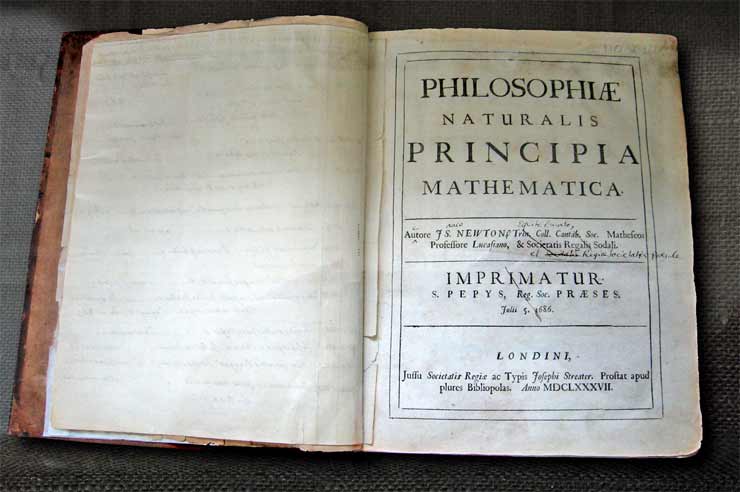
Sir
Isaac Newton's own
first edition copy of his
Philosophiae Naturalis Principia Mathematica
with his handwritten corrections for the second edition.
The first edition was published under the imprint of Samuel Pepys who was president of the Royal Society. By the time of the second edition, Newton himself had become president of the Royal Society, as noted in his corrections.
The book can be seen in the Wren Library of Trinity College, Cambridge.
| Photograph ©
Andrew Dunn, 5 November 2004. |
| www.andrewdunnphoto.com/ |
4. Standard Equation
| Fnet | = | ma |
| (N) | (Kg)(m/s2) |
Newton - force needed to give a 1 kg of mass an acceleration of 1 m/s2
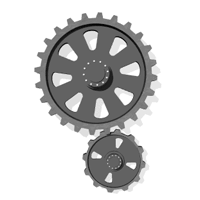



Derived unit - A unit that comes from the combination of other units
N = Kgm/s2
Fundamental unit
(opposite) m, s, Kg




Force Questions
|
Ex 1) What is the net force necessary to give a 3.0 kg mass, initially at rest, an acceleration of 5.0 m/s2? |
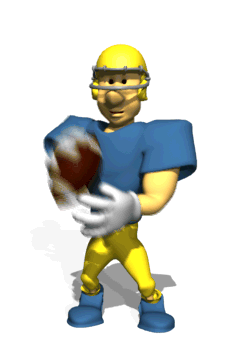
Ex 1) What is the force necessary to give a 3.0 kg mass, initially at rest, an acceleration of 5.0 m/s2?
F = ma

(3.0 kg)(5.0 m/s2)
= 15 N
or
15 kgm/s2




|
Ex 2) A net force of 30. nt accelerates an object by 15. m/s2. Find the objects mass.. |
Ex 2) A force of 30. nt accelerates an object by 15. m/s2.
Find the objects mass.
F = ma
30. N = m (15. m/s2)
m = 2.0 kg




|
Ex 3) An unbalanced force of 100. nt acts on a 50. kg mass for 5.0 seconds.
Find the acceleration of the mass. |
Ex 3) An unbalanced force of 100. nt acts on a 50. kg mass for 5.0 seconds.
Find the acceleration of the mass
Fnet = ma
100. nt = (50. kg) a
a = 2.0 m/s2





|
Ex 4) A 10. kg cart moving with a velocity of 2.0 m/s is brought to a stop in 2.0 sec. Find magnitude of the average force used to stop the cart. |
Ex 4) A 10. kg cart moving with a velocity of 2.0 m/s is brought to a stop in 2.0 sec.
Find
magnitude of the average force
used to the stop cart.
m = 10. kg
t = 2.0 sec
Vi = 2.0 m/s
Vf = 0 m/s
(stop)F = ?
F = ma
a = ?
| a | = | Vf - Vi | = | 0 - 2.0 m/s |
| t | 2.0 sec |
a = -1.0 m/s2
Fnet = ma
= (10. kg)(-1.0 m/s2)
= -10. N
or
-10. kg•m/s2




|
Ex 5) The object below has a mass of 5 kg. Find its acceleration.
|
Fnet = ma
40 N East = (5 kg)a
a = 8 m/s2 East





|
Ex 6) The block above has an acceleration of 22. m/s2. What is the mass of the block? |
5N2 + 10N2 = R2
Fnet = ma
Fnet=11 N=m(22 m/s2)
m = .50 kg


|
Ex 7) If the magnitude
|
Fnet = ma
10 N Left = m(2 m/s2)
m = 5 kg




 |
What will the balloon do when the cart is pushed to the left?
|
(Click on image)
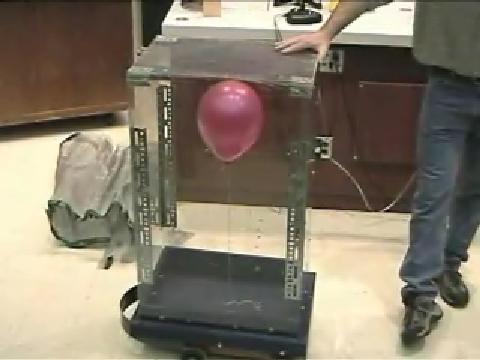
 |
The air in the container
|
Try this at home!
|
Ranking
Rank
the acceleration
Rank the accelerations
|
![]()
 |
3rd Law Of Motion |
 |
![]()
©Tony Mangiacapre., All Rights
Reserved [Home]
Established 1995
Use any material on this site (w/ attribution)
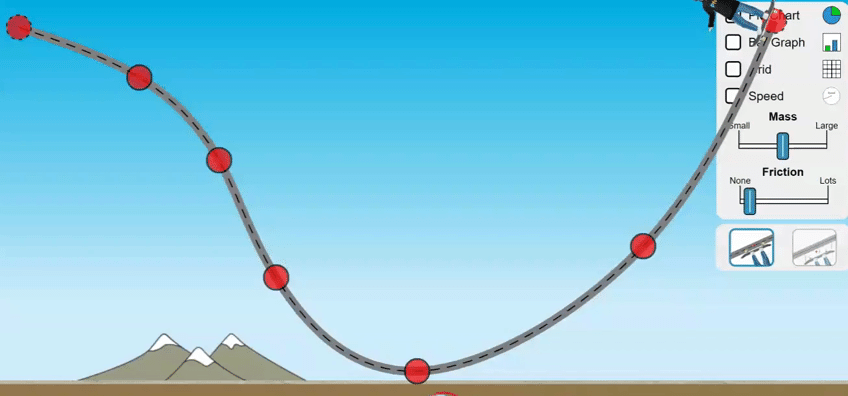

 Task
Task

